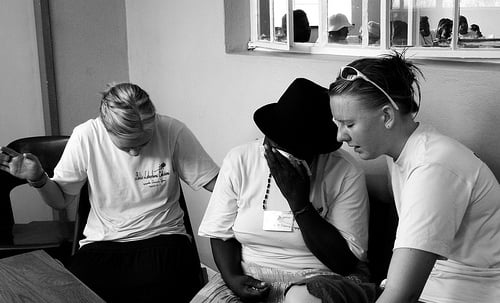Mission trips as spiritual formation
What's the difference between how Jesus mentored his disciples and how we do it in our day? Jesus did it by teaching his disciples, by modeling life f...

What's the difference between how Jesus mentored his disciples and how we do it in our day? Jesus did it by teaching his disciples, by modeling life for them, by training and coaching them, and by giving them specific opportunities to practice their faith. By contrast, we moderns seem to focus on teaching as the focal point for our spiritual formation efforts.
The problem is, people as a general rule don't change through teaching alone. Sermons are a good place to lay out the rationale for change and to describe the change process, but they're a poor substitute for real life. You need to watch what you're being asked to do before you do it.
That's why Jesus pioneered the practice of short-term missions (STMs). His whole ministry was a journey, an extended mission trip. He left home at age 30 and wandered village to village for three years. And within that journey were smaller journeys intended for his disciples growth. He didn't send his disciples out in Luke 9 and 10 to inaugurate his missionary program. That came much later after he had his disciples wait for the Holy Spirit.
Jesus sent them out in Luke 9 and 10 because his disciples needed some practical experience for their spiritual formation. Mission trips are a practice field. Going on an STM we get to practice
wielding authority at a new level in a new place, in the company of
strangers with only God as a resource.
Unless we're a born savant like Mozart, we don't become proficient at anything overnight. We change by degrees as we practice new things. Mastery comes through familiarity and practice. A foray into new territory gives us the opportunity to fail and still live to fight another day. People who criticize STMs need to recognize that Jesus invented them as a spiritual formation tool. STMs should be a regular feature in every discipler's toolkit.




